By spending time in the forest finding stingless bee nests to raise (stingless bees are a wild species of bees), collecting delicious honey, and selling stingless bee offspring, each year Mr. Nguyen Van Khuong in Triem Duc village (Xuan Quang 2 commune, Dong Xuan district, Phu Yen province) earns nearly 150 million VND.
Raising wild bees, the first step to a stable income
5-6 years ago, Mr. Nguyen Van Khuong, Xuan Quang 2 commune, Dong Xuan district, Phu Yen province) went to catch bees in electric poles and put them in boxes to raise.
But this type of wild bee often stings people, so he stopped raising it. Next, he raised bees. He caught the whole bee nest to collect honey and continued to hang it on a tree in his garden, but without success.
“Once I visited a local forester’s house and was invited to drink stingless bee wine. Hearing the name of a strange species of bee, I started to learn about it and asked to try raising it.
Seeing that this wild bee species does not sting and does not require much care, I went to the forests in Dong Xuan, Song Hinh, Son Hoa districts, and sometimes to Gia Lai province to look for stingless bee nests. Every time I went to the forest to look for a bee nest, I had to stay for 2-3 days before returning,” said Mr. Khuong.
According to Mr. Nguyen Van Khuong, stingless bees usually live in dry, rotten trees in the forest. If he went into the forest alone, he would not find many, so he hired workers to go with him.
After finding a wasp nest and bringing it home, he split the tree to catch the queen bee and put it in a box (each queen bee is a box), then the worker bees followed into the nest.
The queen bee's life cycle is about 3-4 years, while the worker bees' life cycle is 60-70 days, however, worker bee colonies continuously reproduce and store honey.
Mr. Nguyen Van Khuong, a farmer who has successfully domesticated and raised wild bees, shares about the process of raising stingless bees. Mr. Khuong lives in Triem Duc village (Xuan Quang 2 commune, Dong Xuan district, Phu Yen province). Photo: KHANG ANH.
Sharing about the beekeeping box, Mr. Khuong said: At first, I researched many types of boxes that were suitable for the natural characteristics of bees and finally created a box that was convenient for collecting honey, dividing the colony and taking care of the bees. Each box is divided into two compartments, one for bees to reproduce and grow and one for making honey.
These boxes are considered as houses for beekeeping, ensuring the separation of the colony, or honey extraction without affecting the development of the bee colony. Each box/beehive takes nearly 1 year to harvest, yielding about 250-500ml of honey.
Starting to raise stingless bees in 2019, up to now, in addition to raising stingless bees at home, Mr. Khuong has also built three separate farms in mountainous areas and forest edges with a total of over 400 nests.
However, he has only been harvesting honey for 2 years now, on average each year he collects nearly 100 liters of honey, selling it on the market for 1.5 million VND/liter. After deducting the cost of making boxes, hiring workers to find breeding animals..., he makes a profit of about 100 million VND/year.
Not only selling honey, during the process of raising bees, Mr. Nguyen Van Khuong also searches, monitors to breed bees, separates the herd and sells boxes of bees. He sells boxes of bees to farmers in Quang Nam , Quang Ngai provinces and some local people for 1.2-1.5 million VND/box. The money from selling bees also helps him earn an additional 40-50 million VND/year.
Building local specialty honey products
“The stingless bee grows and makes honey on its own. The characteristic of this species of bee is that it does not eat sugar but only sucks nectar from flowers, so the honey is natural and pure.
“Dú honey has three flavors: sweet, sour and bitter; of which, bitter honey is more valuable and sells for a higher price than the other two types. However, bitter honey is not available much because it is difficult to find a breed that produces bitter honey,” said Mr. Khuong.
According to the Department of Industry and Trade, Dong Xuan district has typical products such as peanut oil, brocade products, green-skinned grapefruit, red rice, dung tea, du honey, etc.
Among them, du honey products are popular among people. The Department of Industry and Trade will create conditions to promote the product through exhibitions at upcoming trade and industrial fairs so that the product can reach a large number of consumers.
In 2023, Mr. Nguyen Van Khuong's honey product was granted an Organic Agriculture certificate by the Center for Quality of Agricultural, Forestry and Fisheries Region 2 (Department of Quality, Processing and Market Development).
He also registered for traceability procedures, jarred finished products, and labeled the goods with the name Ong du An Nhien.
By early 2024, he continued to register as a local OCOP product and is completing the application to be considered for 3-star OCOP recognition.
On the other hand, Mr. Khuong also guides and shares his experience in raising stingless bees with some local people, hoping that households will develop the model together to create a typical product of Xuan Quang 2.
Commenting on the stingless bee farming model of Mr. Nguyen Van Khuong, Mr. Nguyen Duc Thi, Chairman of the People's Committee of Xuan Quang 2 Commune (Dong Xuan District, Phu Yen Province) said: The majority of farmers in Xuan Quang 2 Commune mainly develop cassava, sugarcane, cattle breeding, and forest planting models, while there are not many other agricultural models.
In contrast to the stingless bee farming model of Mr. Nguyen Van Khuong, this is a new model but initially brings income to the farmers. The local government wishes that the model will be replicated, creating income for people who want to do business.
Source: https://danviet.vn/con-ong-du-la-ong-hoang-da-hien-nhu-cuc-dat-lam-cai-to-be-ty-o-phu-yen-vi-sao-mat-ngon-ban-dat-tien-20250302210540595.htm


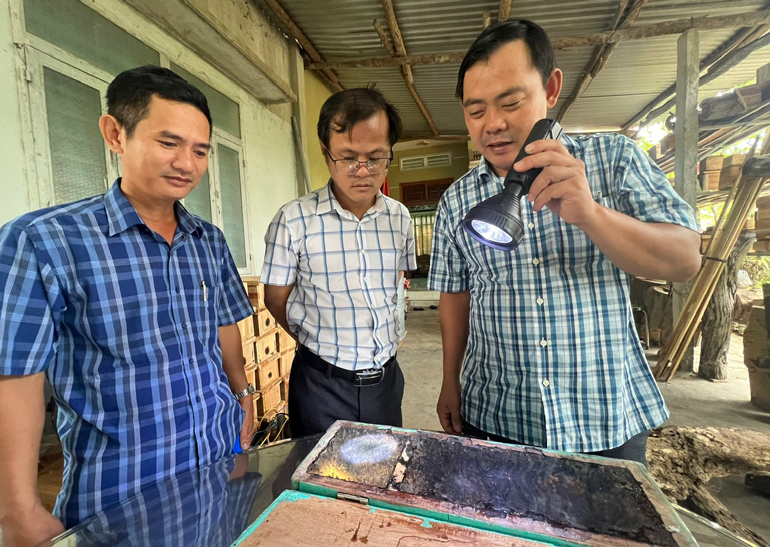
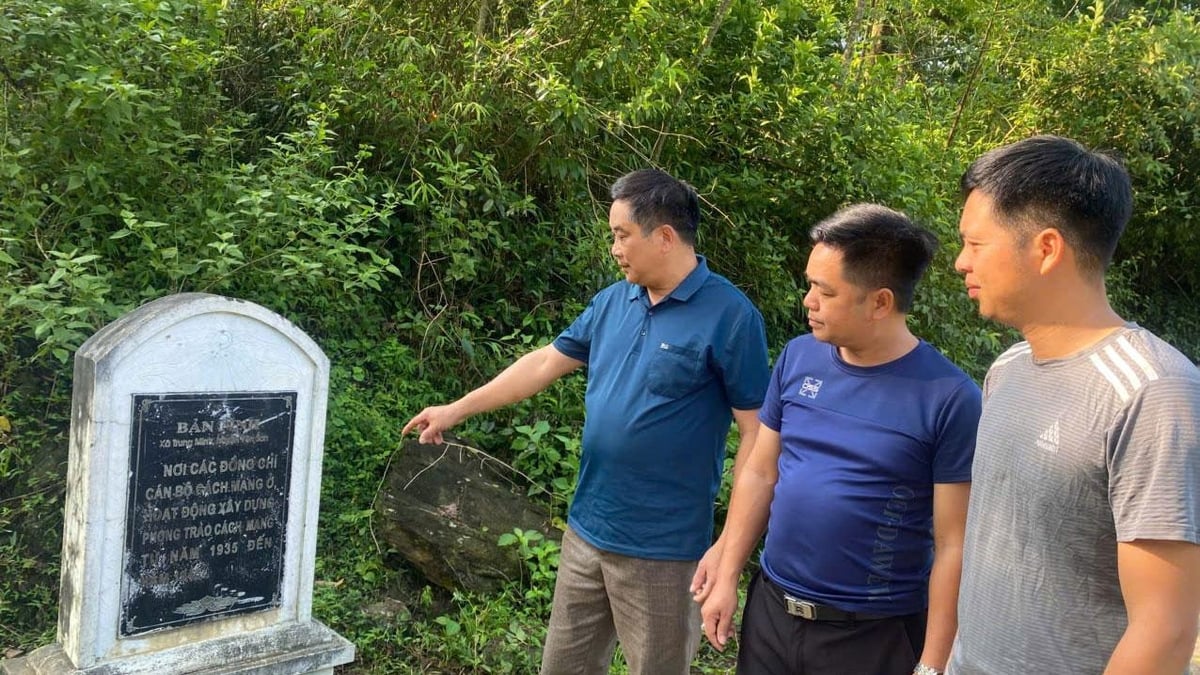
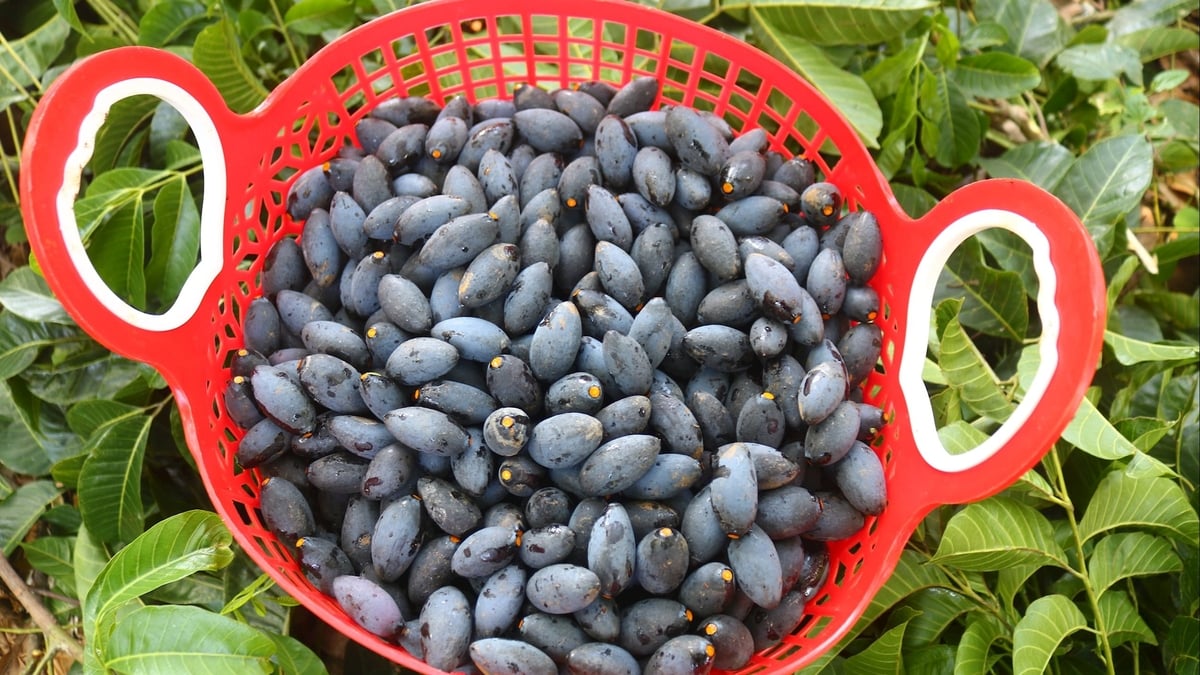
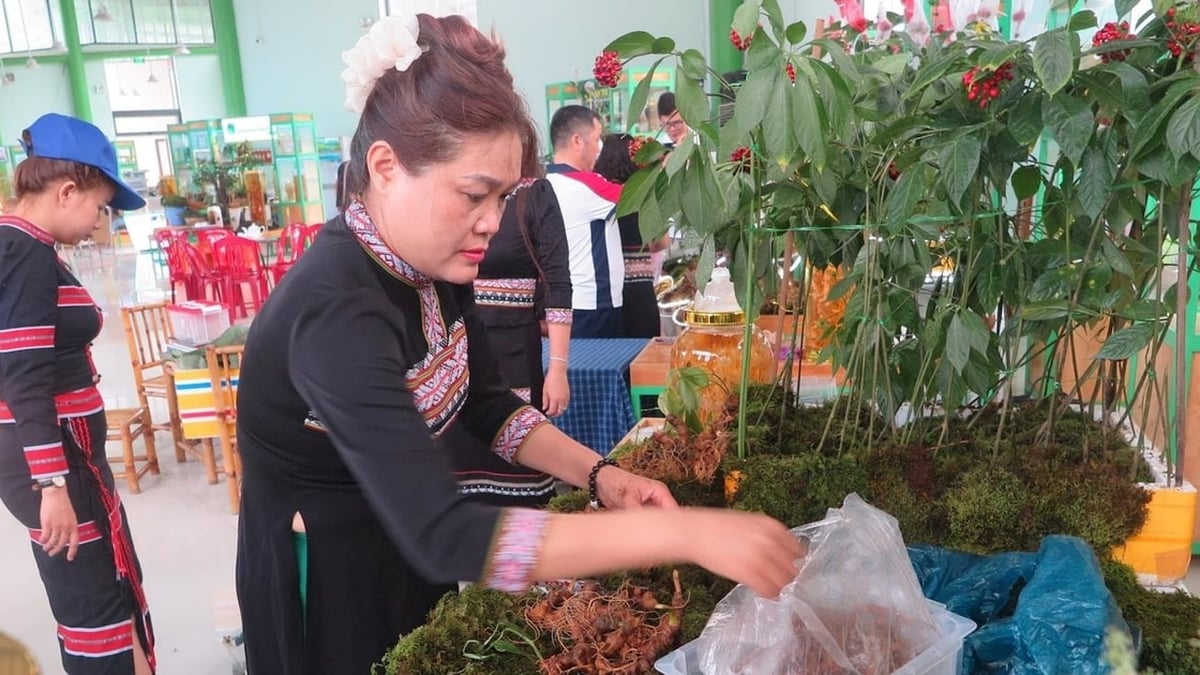



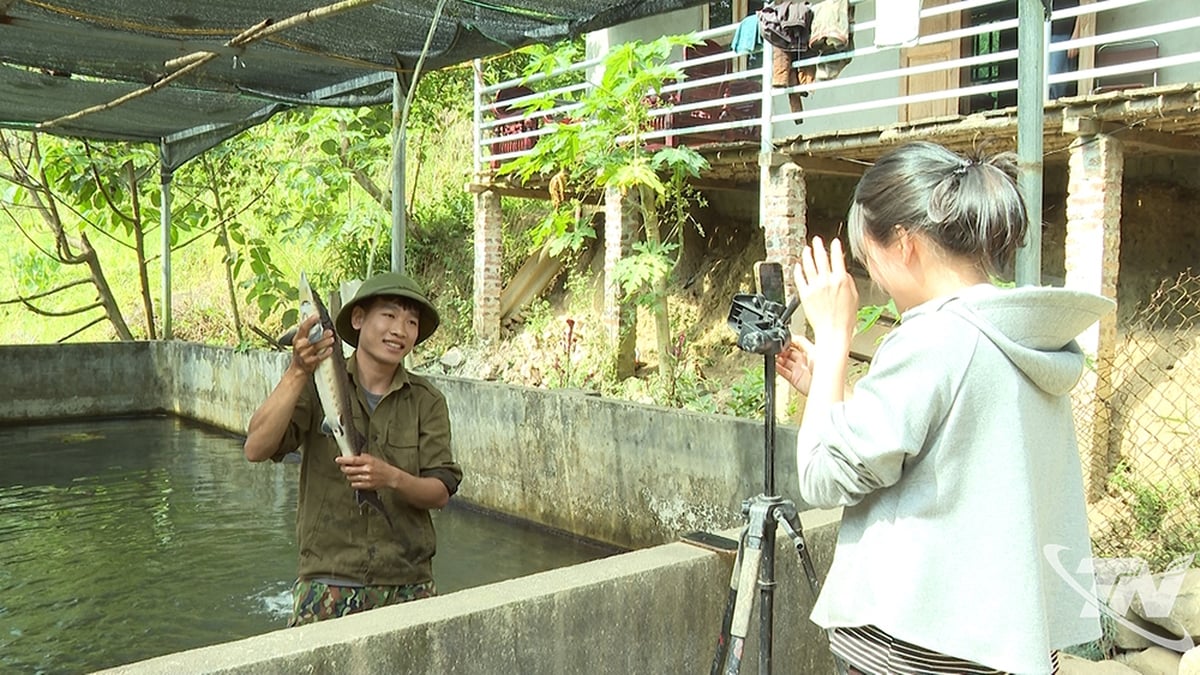


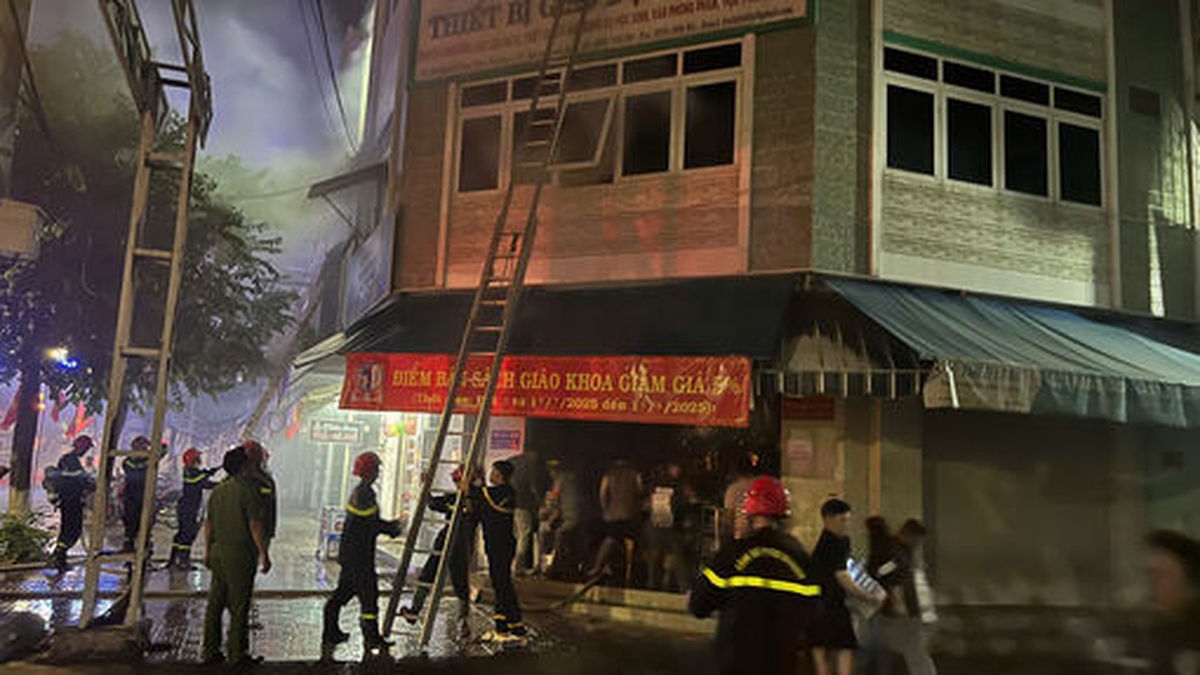



















![[Photo] Nghe An: Provincial Road 543D seriously eroded due to floods](https://vphoto.vietnam.vn/thumb/1200x675/vietnam/resource/IMAGE/2025/8/5/5759d3837c26428799f6d929fa274493)


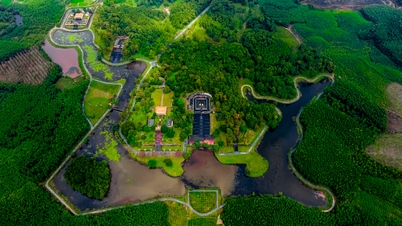



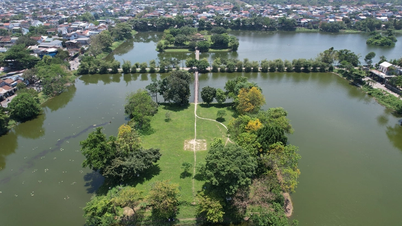


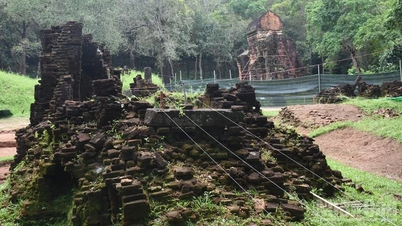

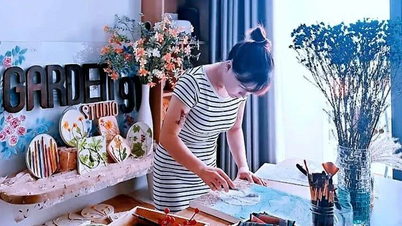










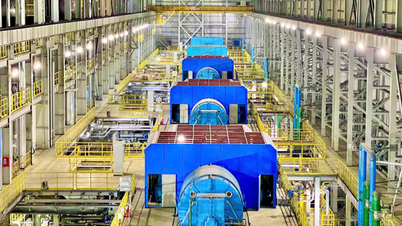

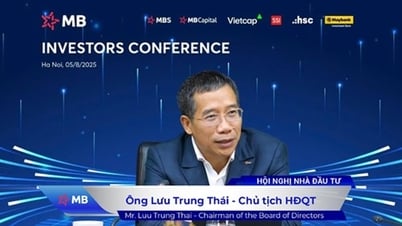











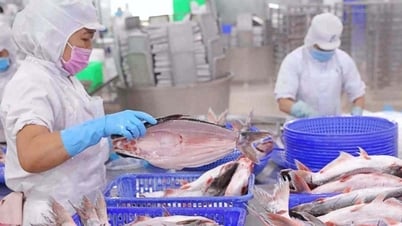




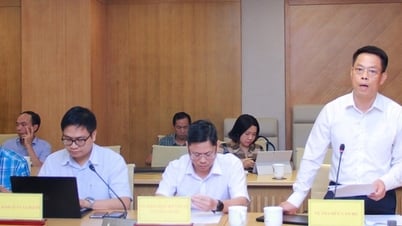














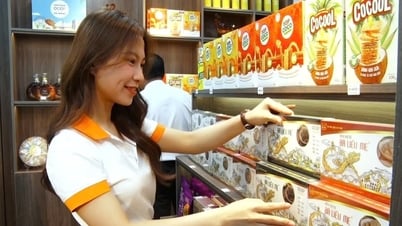











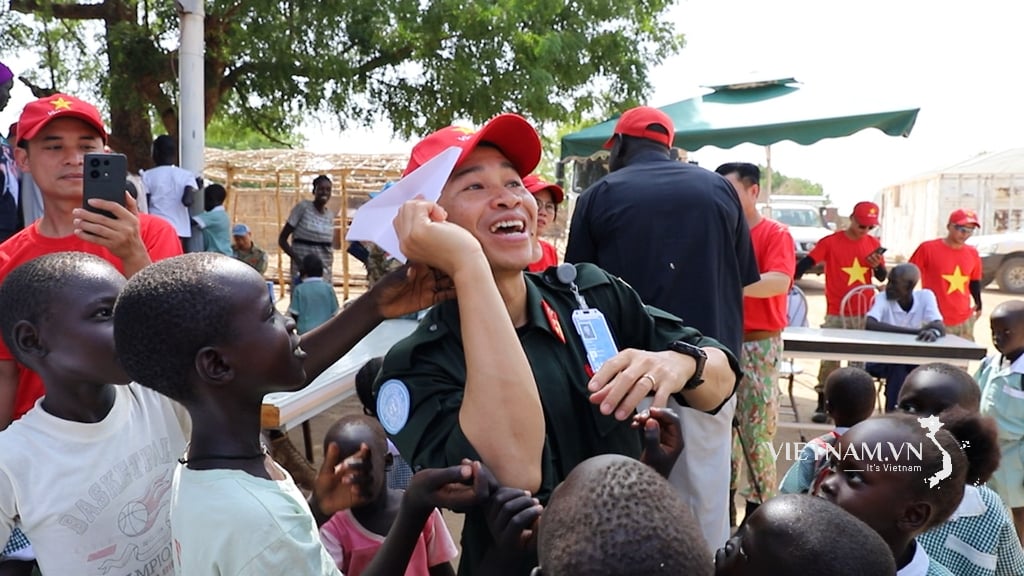
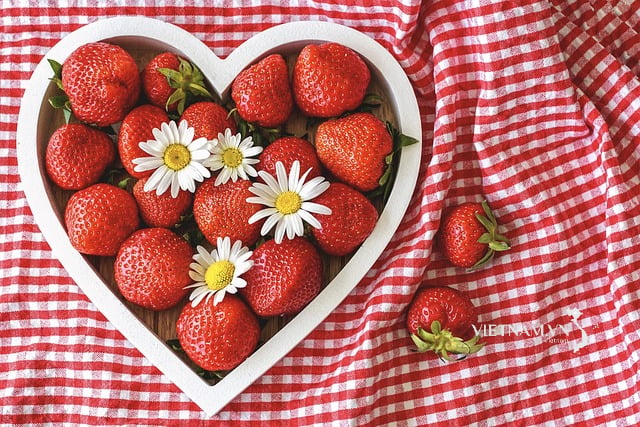

Comment (0)